https://www.scu.edu/sustainability/forgegarden/resources/recipes/forge-crafted-recipes/cucumber-tomato–feta-salad.html

https://www.scu.edu/sustainability/forgegarden/resources/recipes/forge-crafted-recipes/cucumber-tomato–feta-salad.html
Santa Clara University Consolidated Financial Statements | $2.9 billion
Follow #SantaClaraUniversity across platforms to stay up to date with the leading #Jesuit university in #SiliconValley. #DiscoverSCU
📷 Instagram: https://t.co/Vni4SipVEH
👍🏽 Facebook: https://t.co/X1tKW02iZn
💼 LinkedIn: https://t.co/Rhwh4DReVI
😆 TikTok: https://t.co/yqUvfBWbIK pic.twitter.com/mrYtn6G0O6— Santa Clara Univ (@SantaClaraUniv) November 20, 2022
🍑 season is here!! pic.twitter.com/sFVK62dXUk
— Holly (@HTAgronomy) August 9, 2024
I hear it in the deep heart’s core.
— William Butler Yeats
Today we walk through literature governing the safety and sustainability of the open space features of education community estates. Unlike the titles for the building envelope, which are known to most design professionals and contractors, the standards for grounds and landscaping are widely scattered; many of them occupational safety related; created, administered and enforced by units of government.
Bucolia 100. We present a broad overview of the dominant standards catalogs incorporated by reference into public safety and sustainability legislation.
Bucolia 200. We drill into technical specifics of the titles in Bucolia 100.
Bucolia 400. We pick through case studies in landscape, garden, tree and water literature. We also track titles about the reclamation of building roofs for permeable surfaces and gardens.
During the winter months (Bucolia 200) in the northern hemisphere we include snow and ice management; while covering summer month technologies for southern hemisphere (and vice-versa). Snowfalls in the southern hemisphere are mainly contained to the highlands and mountain ranges, which are almost exclusively in Victoria and Southern New South Wales, as well as the mountains in Tasmania. Winter does not pose as much of a cost burden to education facilities in the southern hemisphere as it does in the northern hemisphere.
|
Landscape standards refer to guidelines or regulations that specify the requirements for the design, installation, and maintenance of outdoor spaces such as parks, gardens, streetscapes, and public spaces. Landscape standards typically cover various aspects of landscape design, including vegetation selection, planting arrangements, irrigation systems, hardscape materials, and lighting. These standards may be set by government agencies at the federal, state, or local level, or by professional organizations such as the American Society of Landscape Architects (ASLA). Landscape standards aim to ensure that outdoor spaces are safe, functional, and aesthetically pleasing while also promoting sustainability and environmental protection. Landscape standards may also address issues such as accessibility for people with disabilities, water conservation, stormwater management, and erosion control. They may vary depending on the specific location, climate, and intended use of the outdoor space. Compliance with landscape standards may be required for approval of development projects, public funding, or other permits. |
We track the standards catalog of two ANSI-accredited standards developers:
Tree Care Industry Association
Additional practice titles applicable to accessory systems:
ASABE/ICC 802 Landscape Irrigation Sprinkler and Emitter Standard
ASHRAE 90.1 Energy Standard for Sites and Buildings
Golf Course Superintendents Association of America
National Electrical Code: Article 411 Low-Voltage Lighting
National Electrical Code: Article 225: Outside Branch Circuits and Feeders
Illumination Engineering Society (Lighting Library)
Land F/X: Landscape Lighting, Codes, Guidelines and Techniques
OSHA Landscape and Horticultural Services
Sports Turf Managers Association
As a cross-cutting subjectSports Turf Managers Association ( involving soil and water and sun many other standards developers, and all levels of government, produce best practice literature for today’s topic. We’ll have a look at what’s moving among those.
To join us use the login credentials at the upper right of our home page.

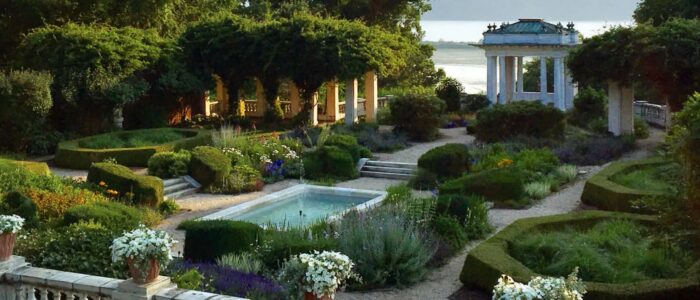


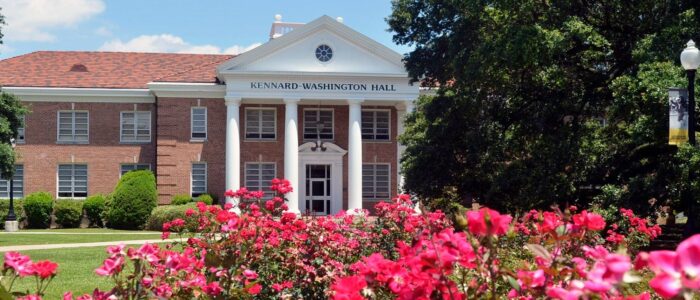
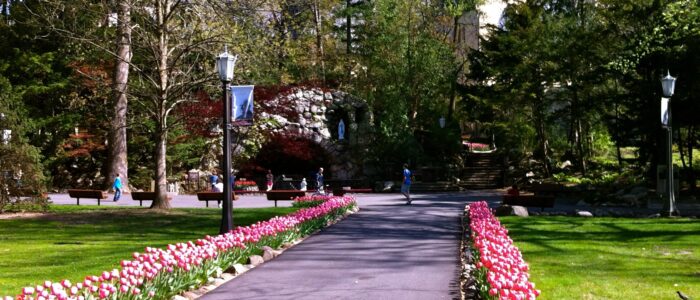

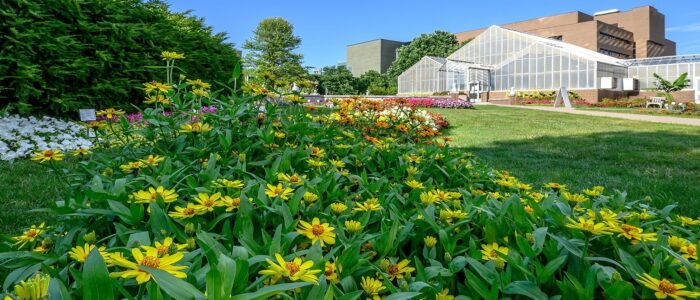

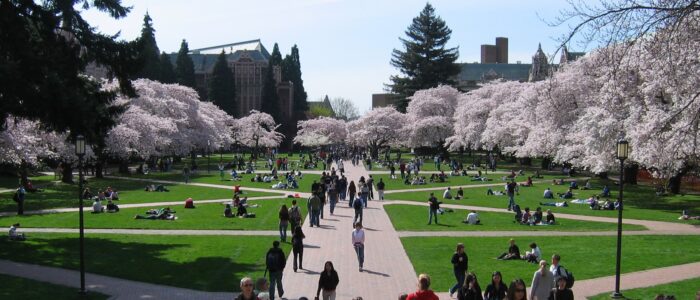
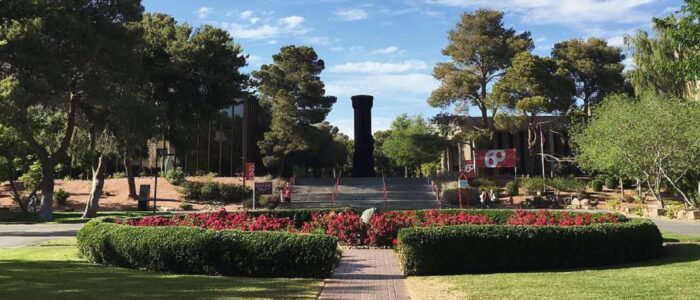

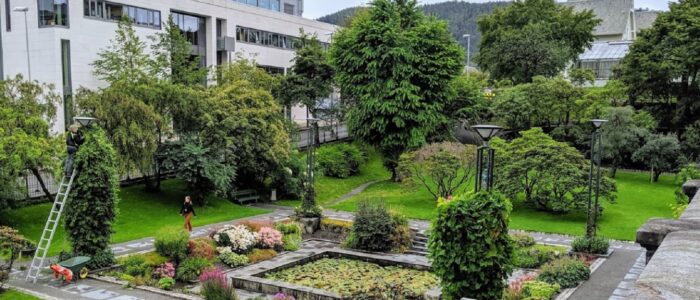
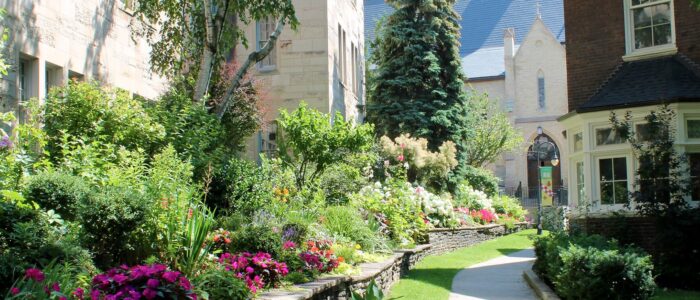
The World Soil Museum hosts a range of educational programs and workshops for students, researchers, and other visitors who are interested in learning more about soil science. These programs cover topics such as soil classification, soil management, and soil conservation, and they are designed to help people understand the vital role that soils play in supporting agriculture, ecosystems, and human societies around the world.
This content is accessible to paid subscribers. To view it please enter your password below or send mike@standardsmichigan.com a request for subscription details.
Fire safety leadership usually finds itself involved in nearly every dimension of risk on the #WiseCampus; not just the built environment but security of interior spaces with combustibles but along the perimeter and within the footprint of the education community overall.
The Campus Fire Marshal, for example, usually signs the certificate of occupancy for a new building but may be drawn into meetings where decisions about cybersecurity are made. Fire protection systems coincide with evacuation systems when there is no risk and both may be at risk because of cyber-risk.
The job description of a campus fire safety official is linked below offers some insight into why fire safety technologies reach into every risk dimension:
University of California Santa Cruz Office of Emergency Services
The development of the highest level fire safety consensus product in the world is led by the British Standards Institute, under the administration of the International Standardization Organization, with Committee E05 on Fire Standards of ASTM International as the US Technical Advisory Group Administrator. The business plan and the map of global participants is linked below:
BUSINESS PLAN ISO/TC 92 Fire safety EXECUTIVE SUMMARY
The consensus products developed by TC 92 are intended to save lives, reduce fire losses, reduce technical barriers to trade, provide for international harmonization of tests and methods and bring substantial cost savings in design. ISO/TC 92 standards are expected to be of special value to developing countries, which are less likely to have national standards. As with all ISO standards, the TC 92 consensus product is a performance standard suitable for use in prescriptive regulations and provide for a proven route to increased fire safety.
We do not advocate in this standard at the moment; we only track it. The International Fire Code and the Fire Code have been our priorities since 2006. The fire safety space is well populated with knowledgeable facility professionals because conformity budgets in the fire safety world — i.e. the local or state fire marshal — usually has a budget. When you have a budget you usually have people keeping pace with best practice.
We encourage our colleagues in the United States on either the business or academic side of the education facility industry to communicate directly with ANSI’s ISO Team and/or the ASTM Contact: Tom O’Toole, 100 Barr Harbor Drive, West Conshohocken, PA 19428-2959 Phone: (610) 832-9739, Email: totoole@astm.org
We maintain this title on the agenda of our periodic Global and Prometheus colloquia. See our CALENDAR for the next online meeting; open to everyone.
Issue: [19-104]
Category: Fire Safety, Fire Protection, International
Contact: Mike Anthony, Joe DeRosier, Alan Sactor, Joshua Elvove, Casey Grant
More:
The Challenges of Storage and Not Enough Space, Alan Sactor
University of Michigan Net Position 2024: $22.335 billion
Michigan Central | Michigan West | Michigan Upper Peninsula | Michigan East
Bert Askwith worked his way through college shuttling students to and from Detroit Metropolitan Airport until his graduation in 1931; when two semester tuition cost $300. With no student debt he founded and grew Campus Coach Lines that still provides the same services at many other US campuses. He donated part of his fortune to establish a cafe in the Undergraduate Library; which now serves an expanding and bewildering catalog of caffeine-based drinks found in educational settlements worldwide.
The caffeine spectrum pic.twitter.com/QYhq6Rppsc
— Massimo (@Rainmaker1973) August 3, 2024
When new foreign national students arrive at U.S. colleges and universities, they often enter environments where a left-leaning worldview is prominent and pervasive. Many campuses today emphasize themes of social justice, equity, and systemic critique that align with a preference for larger, more interventionist government. Faculty and administrative messaging can reinforce these ideas, portraying government as the primary instrument for addressing inequality, redistributing resources, and regulating social behavior.
For many international students, this can be both eye-opening and disorienting. They may come from countries with different political traditions, including skepticism of state power due to experiences with corruption or authoritarianism. Yet, in the university setting, they encounter curricula and campus cultures that valorize activist government solutions while often criticizing markets, traditional institutions, or individual responsibility. Programs in the humanities and social sciences in particular tend to frame policy questions through a progressive lens that sees expansive government action as not just beneficial but morally necessary.
This immersion—some might call it a “marination”—shapes perspectives over time. Students adopt the language of social justice, climate policy, and identity politics, often without exposure to robust counterarguments. While this experience can broaden horizons and foster empathy for marginalized groups, it also risks narrowing intellectual diversity and suppressing debate about the limits and costs of government power. For international students, it can mean graduating with a worldview significantly more aligned with the American academic left than with the diverse political traditions of their home countries.
Widespread use of electric vehicles (EVs) on large university campuses offers significant possibilities but also presents challenges. Possibilities include reduced carbon emissions, aligning with sustainability goals, as EVs produce zero tailpipe emissions compared to gasoline-powered vehicles. Campuses could deploy electric shuttles, maintenance vehicles, or shared EV fleets, decreasing reliance on fossil fuels. EVs could integrate with campus microgrids, leveraging renewable energy sources like solar panels. They also promote quieter environments, reducing noise pollution in academic settings. Universities could foster innovation by integrating EV infrastructure into research, such as smart grid technology or battery development.
Pros include environmental benefits, lower operating costs (electricity is cheaper than fuel), and enhanced campus branding as eco-friendly. EVs require less maintenance, saving long-term costs. Students and staff benefit from cleaner air and modern transportation options.
Cons include high upfront costs for EVs and charging infrastructure, straining budgets. Limited range and charging times may disrupt campus operations, especially for time-sensitive tasks. Charging station availability could lead to congestion or inequitable access. Battery production raises ethical concerns about resource extraction. Retrofitting existing fleets and managing grid demand pose logistical hurdles.
Balancing these factors requires strategic planning, but EVs could transform campus mobility sustainably.
We have followed standards setting action in this domain since 1993. During todays colloquium at 15:00 UTC we will answer questions about our involvement, guided by our Safer-Simpler-Lower Cost – Longer Lasting advocacy in all relevant standards. Use the login credentials at the upper right of our home page.
National Electrical Manufacturers Association
EV Charging Stations Integration into Public Lighting Infrastructure
Drivers and Barriers to Implementation of Connected, Automated, Shared, and Electric Vehicles
Et al.
Wireless electric vehicle charging on streets uses electromagnetic induction to transfer power without physical connectors. A primary coil, embedded in the road surface, generates an alternating magnetic field when energized by an external power source. A secondary coil, installed on the EV’s underside, captures this field, inducing an electric current that charges the vehicle’s battery. Efficient power transfer requires precise alignment between coils, often aided by sensors or magnetic guidance systems.
Operating typically at frequencies of 20–100 kHz, the system ensures safe, non-contact energy transfer with efficiencies up to 90%. Power levels vary from 3.3 kW for slow charging to 22 kW or higher for faster systems. Infrastructure includes power inverters, communication modules for vehicle-grid interaction, and safety mechanisms to prevent electromagnetic interference or hazards. Dynamic charging, where EVs charge while moving, extends this concept using sequential coil activation along roads.
New update alert! The 2022 update to the Trademark Assignment Dataset is now available online. Find 1.29 million trademark assignments, involving 2.28 million unique trademark properties issued by the USPTO between March 1952 and January 2023: https://t.co/njrDAbSpwB pic.twitter.com/GkAXrHoQ9T
— USPTO (@uspto) July 13, 2023
Standards Michigan Group, LLC
2723 South State Street | Suite 150
Ann Arbor, MI 48104 USA
888-746-3670
